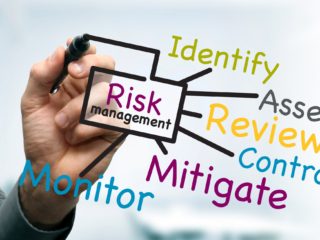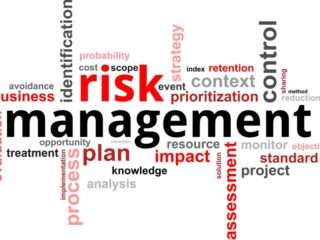How ATO as a Service Helps Government Agencies Fulfill Their FY 2022 FISMA CIO Metrics
With the release of the FY 2022 FISMA CIO Metrics, federal government agencies must have a Governance, Risk, and Compliance (GRC) tool that has the ability to consume Open Security Controls Assessment Language (OSCAL). Section 7.4 Threat Intelligence of the FY 2022 FISMA CIO Metrics asks government agencies about their GRC tool: Section 7.4.2.1 asks...








